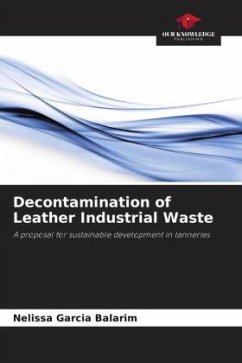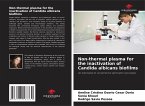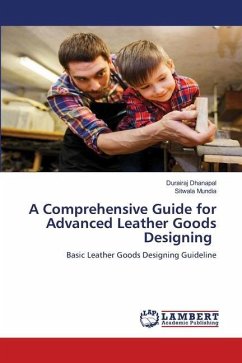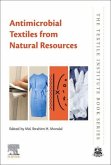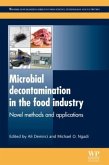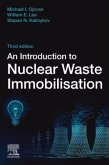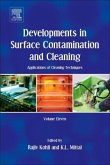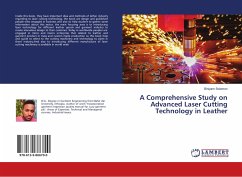The production of waste in ever-increasing quantities has required more effective solutions and greater investment on the part of its generators and society in general. Controlling and minimizing the sources of pollution, correctly disposing of and reusing the waste generated by companies are the most effective and efficient solutions used to ensure the quality of the environment. In this way, this work aims to contribute to minimizing the problems associated with the generation of solid waste in tanneries, by means of a chemical treatment called dechroming, which consists of extracting the chromium present in the waste without destroying the fibres. According to the results presented, it was possible to obtain a new material with over 99% chromium removal and with possible industrial, technological and scientific applications. In addition to proposing the reuse of the extracted chrome in the tanning process.
Bitte wählen Sie Ihr Anliegen aus.
Rechnungen
Retourenschein anfordern
Bestellstatus
Storno

